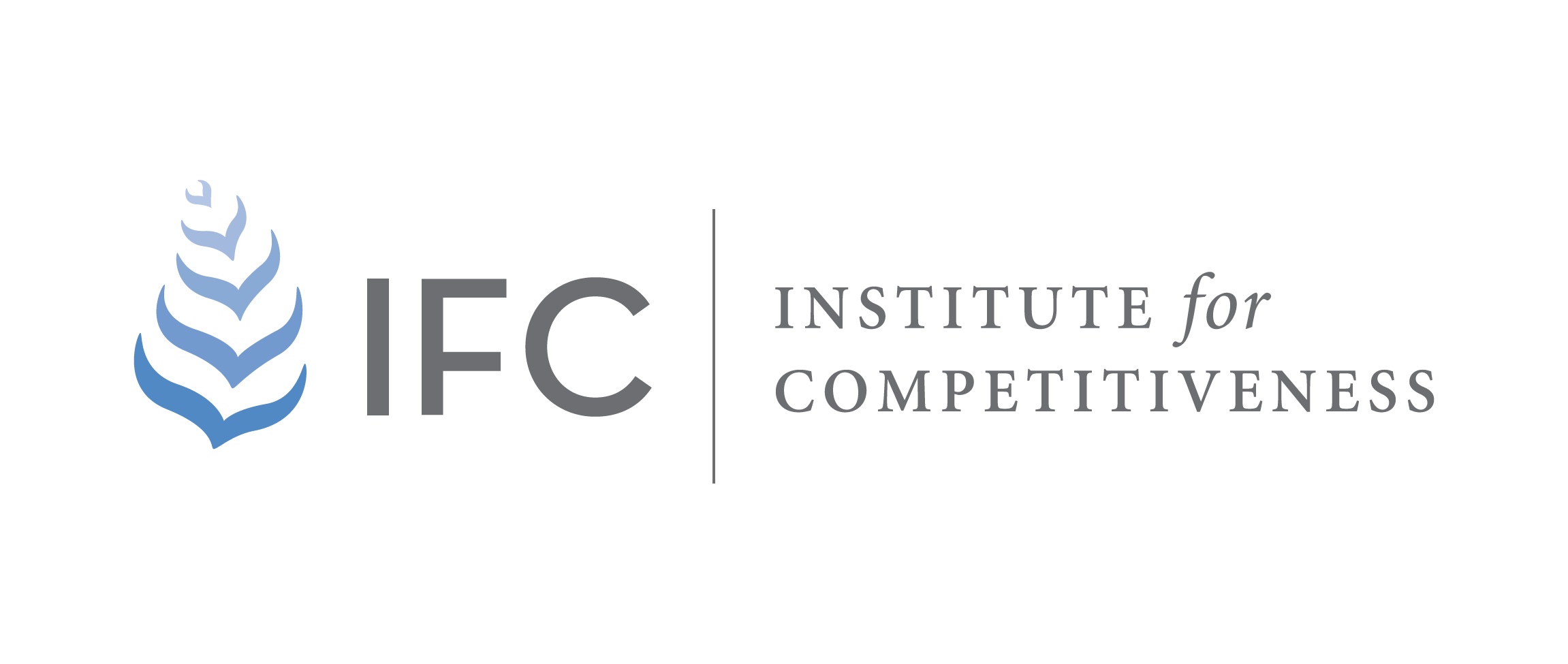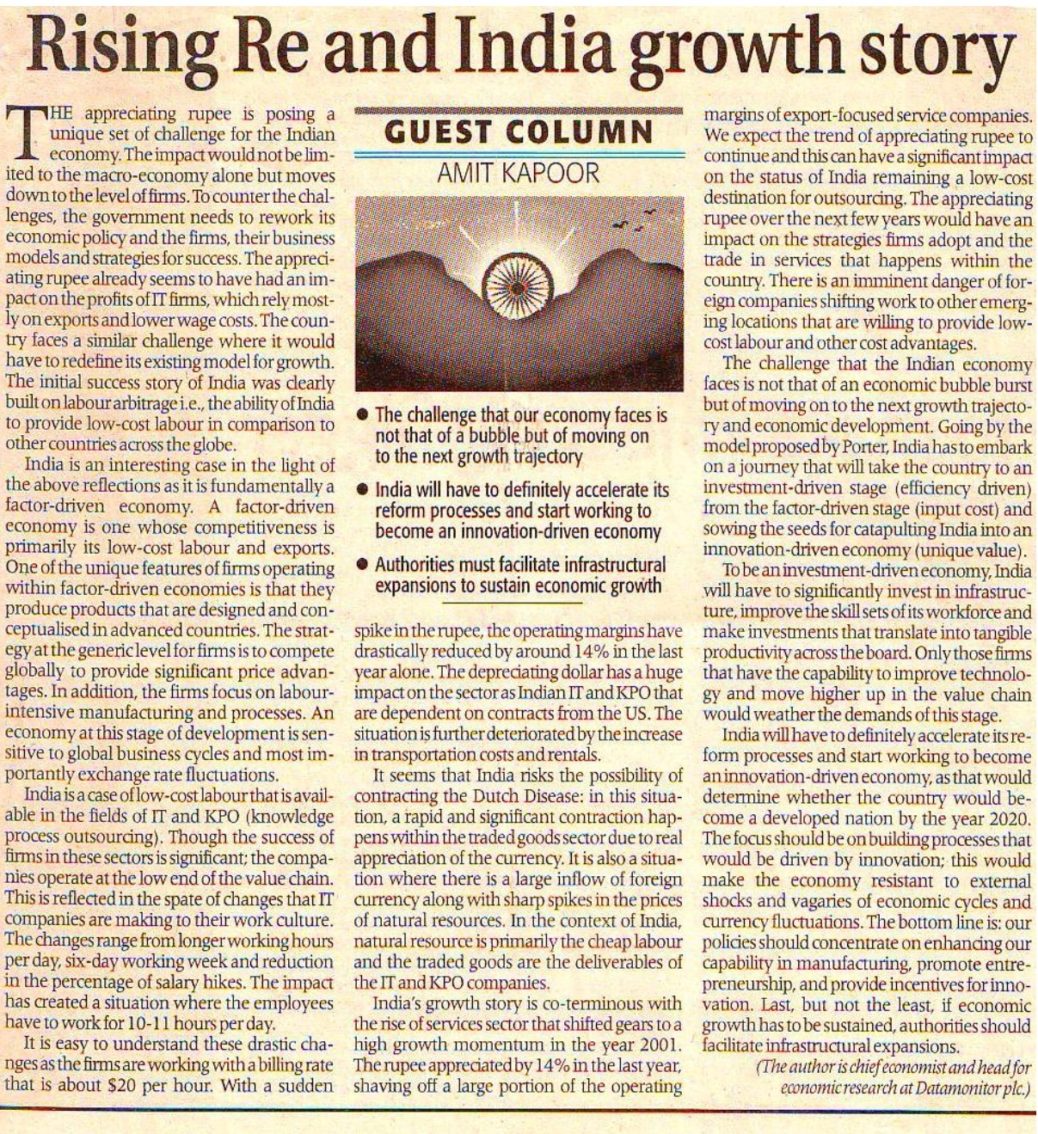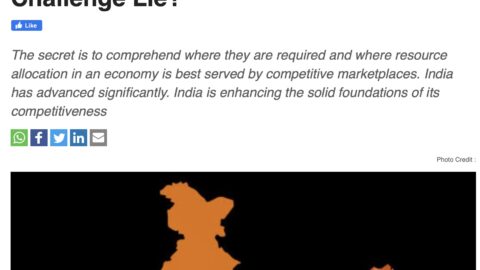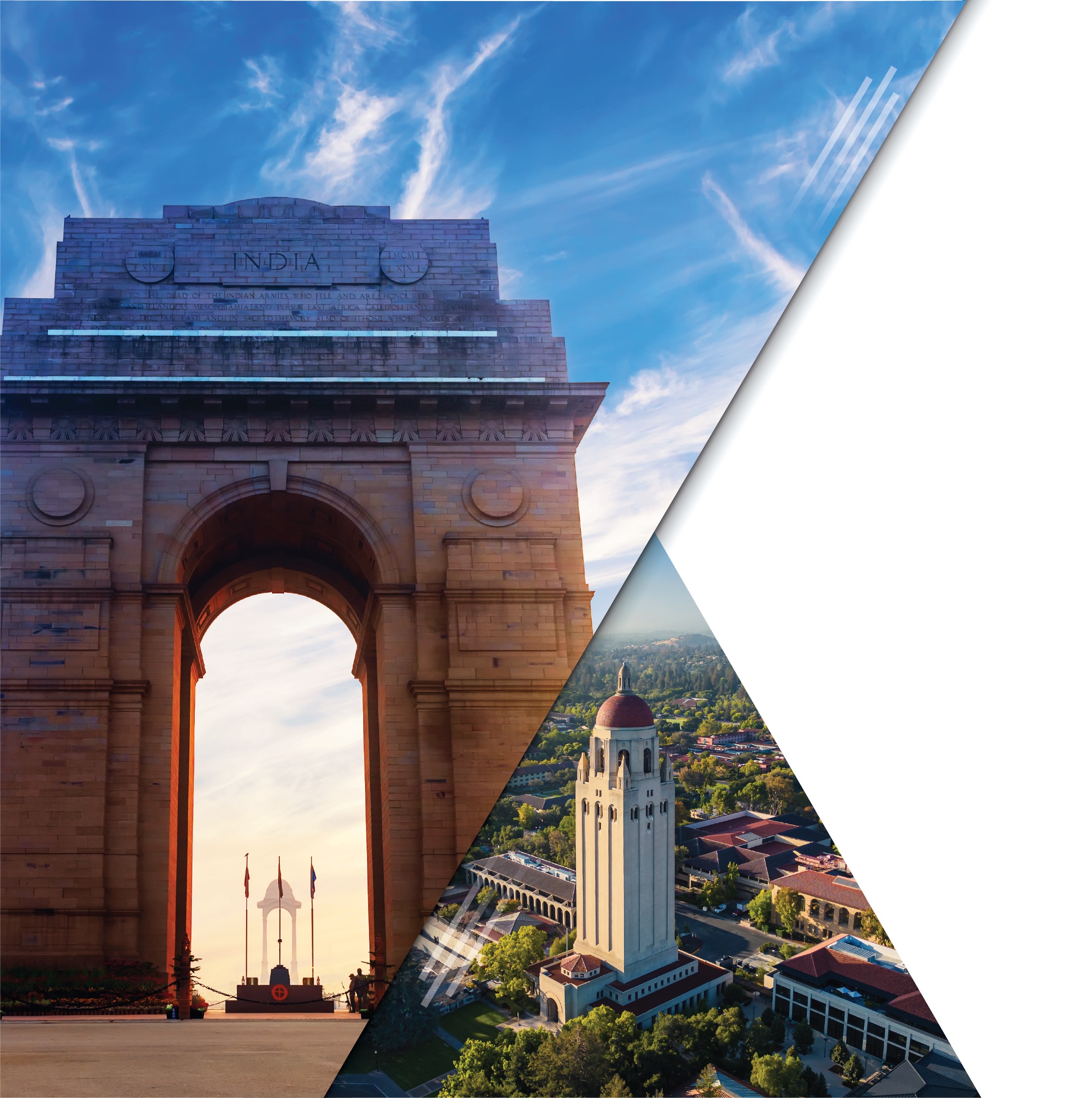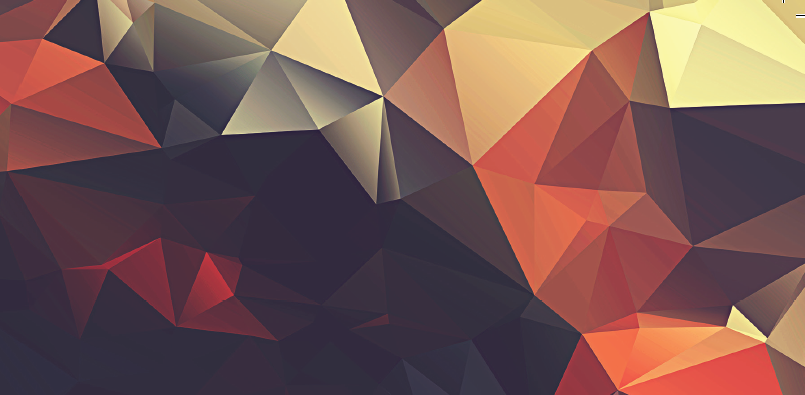The appreciating rupee is posing a unique set of challenge for the Indian economy. The impact would not be limited to the macro-economy alone but moves down to the level of firms. To counter the challenges, the government needs to rework its economic policy and the firms, their business models and strategies for success.
The appreciating rupee already seems to have had an impact on the profits of IT firms, which rely mostly on exports and lower wage costs. The country faces a similar challenge where it would have to redefine its existing model for growth. The initial success story of India was clearly built on labour arbitrage i.e., the ability of India to provide low-cost labour in comparison to other countries across the globe.
India is an interesting case in the light of the above reflections as it is fundamentally a factor-driven economy. A factor-driven economy is one whose competitiveness is primarily its low-cost labour and exports. One of the unique features of firms operating within factor-driven economies is that they produce products that are designed and conceptualised in advanced countries.
The strategy at the generic level for firms is to compete globally to provide significant price advantages. In addition, the firms focus on labour-intensive manufacturing and processes. An economy at this stage of development is sensitive to global business cycles and most importantly exchange rate fluctuations.
India is a case of low-cost labour that is available in the fields of IT and KPO (knowledge process outsourcing). Though the success of firms in these sectors is significant; the companies operate at the low end of the value chain. This is reflected in the spate of changes that IT companies are making to their work culture.
The changes range from longer working hours per day, six-day working week and reduction in the percentage of salary hikes. The impact has created a situation where the employees have to work for 10-11 hours per day.
It is easy to understand these drastic changes as the firms are working with a billing rate that is about $20 per hour. With a sudden spike in the rupee, the operating margins have drastically reduced by around 14% in the last year alone. The depreciating dollar has a huge impact on the sector as Indian IT and KPO that are dependent on contracts from the US. The situation is further deteriorated by the increase in transportation costs and rentals.
It seems that India risks the possibility of contracting the Dutch Disease: in this situation, a rapid and significant contraction happens within the traded goods sector due to real appreciation of the currency.
It is also a situation where there is a large inflow of foreign currency along with sharp spikes in the prices of natural resources. In the context of India, natural resource is primarily the cheap labour and the traded goods are the deliverables of the IT and KPO companies.
India’s growth story is co-terminous with the rise of services sector that shifted gears to a high growth momentum in the year 2001. The rupee appreciated by 14% in the last year, shaving off a large portion of the operating margins of export-focused service companies. We expect the trend of appreciating rupee to continue and this can have a significant impact on the status of India remaining a low-cost destination for outsourcing.
The appreciating rupee over the next few years would have an impact on the strategies firms adopt and the trade in services that happens within the country. There is an imminent danger of foreign companies shifting work to other emerging locations that are willing to provide low-cost labour and other cost advantages.
The challenge that the Indian economy faces is not that of an economic bubble burst but of moving on to the next growth trajectory and economic development. Going by the model proposed by Porter, India has to embark on a journey that will take the country to an investment-driven stage (efficiency driven) from the factor-driven stage (input cost) and sowing the seeds for catapulting India into an innovation-driven economy (unique value).
To be an investment-driven economy, India will have to significantly invest in infrastructure, improve the skill sets of its workforce and make investments that translate into tangible productivity across the board. Only those firms that have the capability to improve technology and move higher up in the value chain would weather the demands of this stage.
India will have to definitely accelerate its reform processes and start working to become an innovation-driven economy, as that would determine whether the country would become a developed nation by the year 2020. The focus should be on building processes that would be driven by innovation; this would make the economy resistant to external shocks and vagaries of economic cycles and currency fluctuations.
The bottom line is: our policies should concentrate on enhancing our capability in manufacturing, promote entrepreneurship, and provide incentives for innovation. Last, but not the least, if economic growth has to be sustained, authorities should facilitate infrastructural expansions.
The article was published with Economic Times on August 29, 2007.
